Transitional Forms of Evolution
01.03.2024 09:35
3417 views

On November 24, 1859, the world changed. At the very least, the entire world of biology and paleontology changed. A renowned scientist, who had spent many years writing a great work, finally presented it to the public. He had hesitated for over 20 years to submit it to a publisher, believing that it could be further refined. However, the persuasions of friends had an effect, and the work was eventually published. On the very first day, all 1,250 copies were sold out. The book was almost instantly discussed by the masses, gaining many supporters and opponents. Of course, everyone guessed that the author was Charles Robert Darwin, and his groundbreaking book was "On the Origin of Species," which laid out the foundations of the theory of evolution.
Although more than 160 years have passed since then, debates about this theory continue to this day. Opponents of the theory of evolution still emerge, citing the lack of "transitional forms" as a key counterargument. Indeed, if all animal species evolve, where are the half-fish-half-humans, half-crocodile-half-cats, or half-octopus-half-owls? Let's delve into this!
Firstly, not all animals are expected or required to have "transitional forms" since not everything comes from everything else; each animal has its own sequence of specific ancestors. For example, a crocodile never turned into a cat, so there is no transitional link between them. They had a common ancestor who lived hundreds of millions of years ago (precisely 310-315 million years ago), and it resembled neither, as it had undergone a very long journey of transformations over time.
Secondly, no animal is "transitional" in the strict sense of the term. Animals do not have specific goals; they do not aim to transition from one state to another. They live, adapting to their surrounding world. If this world changes, they change along with it. Therefore, it can be difficult to identify and recognize an animal suitable for inclusion in the evolutionary chain, as it may not have clearly expressed "transitional" features but may possess qualities absent in its descendants at some point in time.
The third complexity is that changes in animals are random and unpredictable. Living beings change through mutations. If an animal with a random change proves to be more successful, it survives better and leaves more offspring, cementing that change. Due to the random nature of these changes, "transitional links" may not form a neat evolutionary sequence. Thus, animals can emerge onto land, then return to water, increase in size to several meters, and then their descendants can shrink again, they might develop fur and then almost completely lose it. All this greatly confuses scientists. Moreover, due to the randomness and unpredictability of evolution, it is impossible to predict what the animal world of the future will look like.
Finally, there's a fourth problem. Sometimes "transitional" animals survive to our days, or more accurately, their descendants do, who have not changed much. However, most often, all "transitional links" remain in the distant past. Paleontologists strive to find them, but they often see only a skeleton, or more often, small fragments of a skeleton. Moreover, it's very rare to be certain that this is the direct ancestor of modern animals rather than their "uncle". Imagine, for instance, that a horse evolved into a flying animal - a Pegasus, millions of years later. Future paleontologists conducting excavations might find bones of donkeys and zebras but no horses. They would guess that these animals are close to the ancestors of Pegasus, moreover, donkeys are closer, as they belong to the same genus Equus as horses. But it would also be clear that even a donkey could not transform into a flying horse. That is, the actual "transitional link" would not be found, but an animal closest to it would be. Almost always, when paleontologists search for ancient animals, they find not the ancestors themselves but the "uncles and aunts" of modern animals. This is important to keep in mind.
Thus, there are plenty of problems with "transitional links." It's not surprising that paleontologists dislike this concept. So, does this mean that the opponents of the theory of evolution are right and we don't know the ancestors of modern animals? Of course not! And if we do not know the direct ancestors, we certainly know plenty of "uncles". Let's get acquainted with some examples.
One of the most fascinating stages in the evolution of life was the transition of vertebrates onto land. This event attracted the special attention of various researchers. The discovery of Ichthyostega, an amphibian that still had very primitive limbs and was even covered in fish scales, was a major sensation. Perhaps even more of a "transitional stage" was the fish Tiktaalik. It had a neck vertebra, which is never found in fish, elbows that allowed it to elevate itself above the ground, and a flattened body that enabled it to crawl along the bottom. Yet, Tiktaalik retained many typical "fish" traits.
Remarkable transitional links were Pakicetus and Ambulocetus. At first glance, these were just semi-aquatic ancient beasts. Pakicetus, smaller, the size of a jackal, was a fish hunter, while Ambulocetus was larger, the size of a crocodile, with slightly shorter legs and a frightening jaw. Researchers might have been slightly puzzled by the hooves on their legs, hinting that they belonged to the group of even-toed ungulates. Now, among cows, camels, and other even-toed ungulates, there are no pure carnivores, though, for example, pigs, which are also even-toed ungulates, are omnivorous. However, the study of the inner ear revealed in these small animals not just any creature, but cetaceans - ancestors of whales and dolphins!
And we do know the story of one species very well - our own. In the history of human development, almost all links of the evolutionary chain have been found. Moreover, there's no need to mention "uncles" here. We reliably know our ancestors. From tree-dwelling primates like Proconsul and Nakalipithecus, through several "tree-descending" monkeys like Sahelanthropus, Orrorin, Ardipithecus, to the nearly terrestrial Australopithecus, and onto the genus Homo, i.e., humans.
In the 3D Dinopedia, you can find cards for Australopithecus, Tiktaalik, Ichthyostega, Pakicetus, and Ambulocetus. You can also find Haikouichthys, Entelognathus, and other "transitional links". Explore the ancient world, and 3D Dinopedia will help you in this!
Discussions
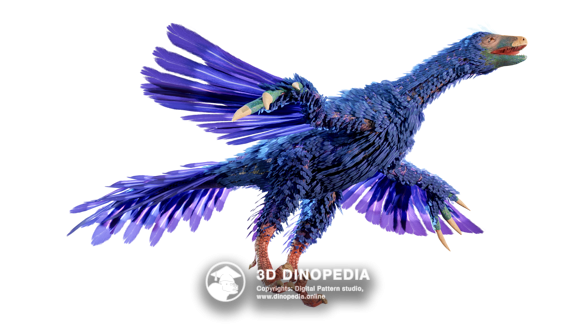
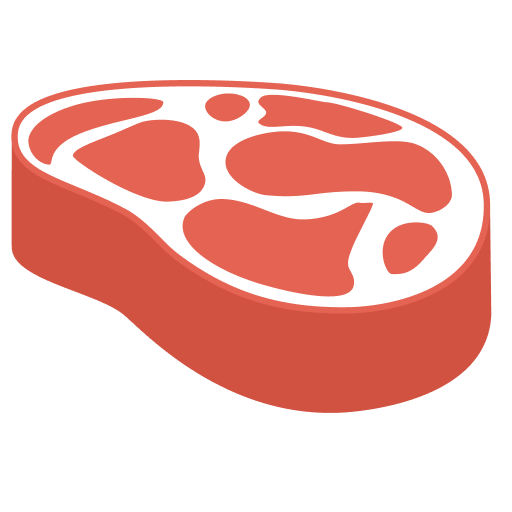
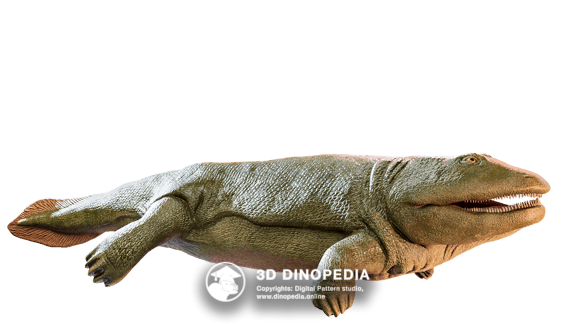

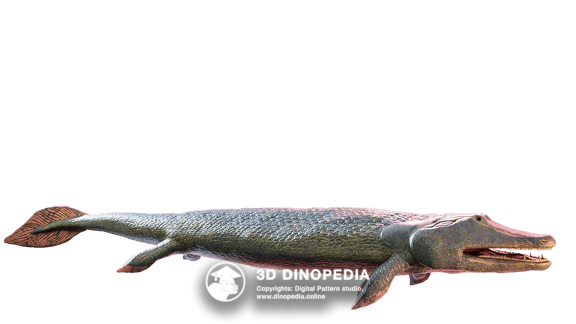
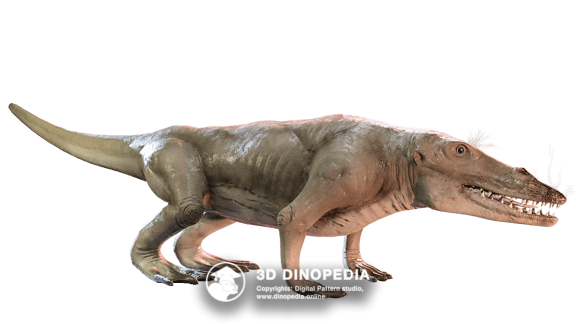
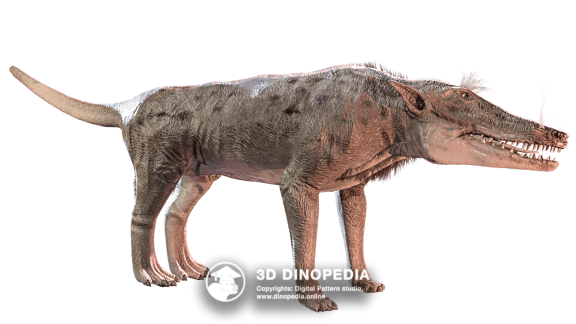
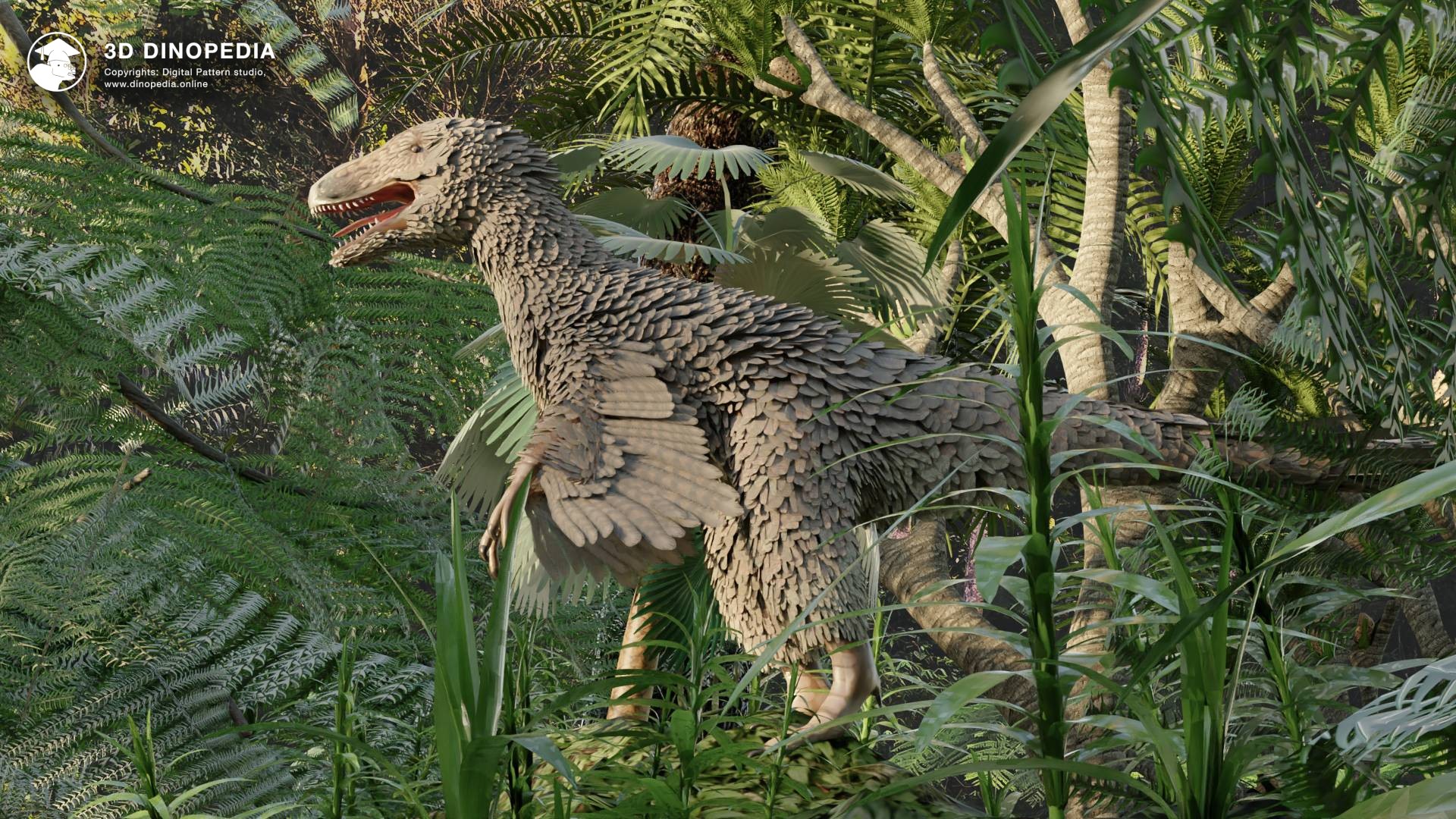
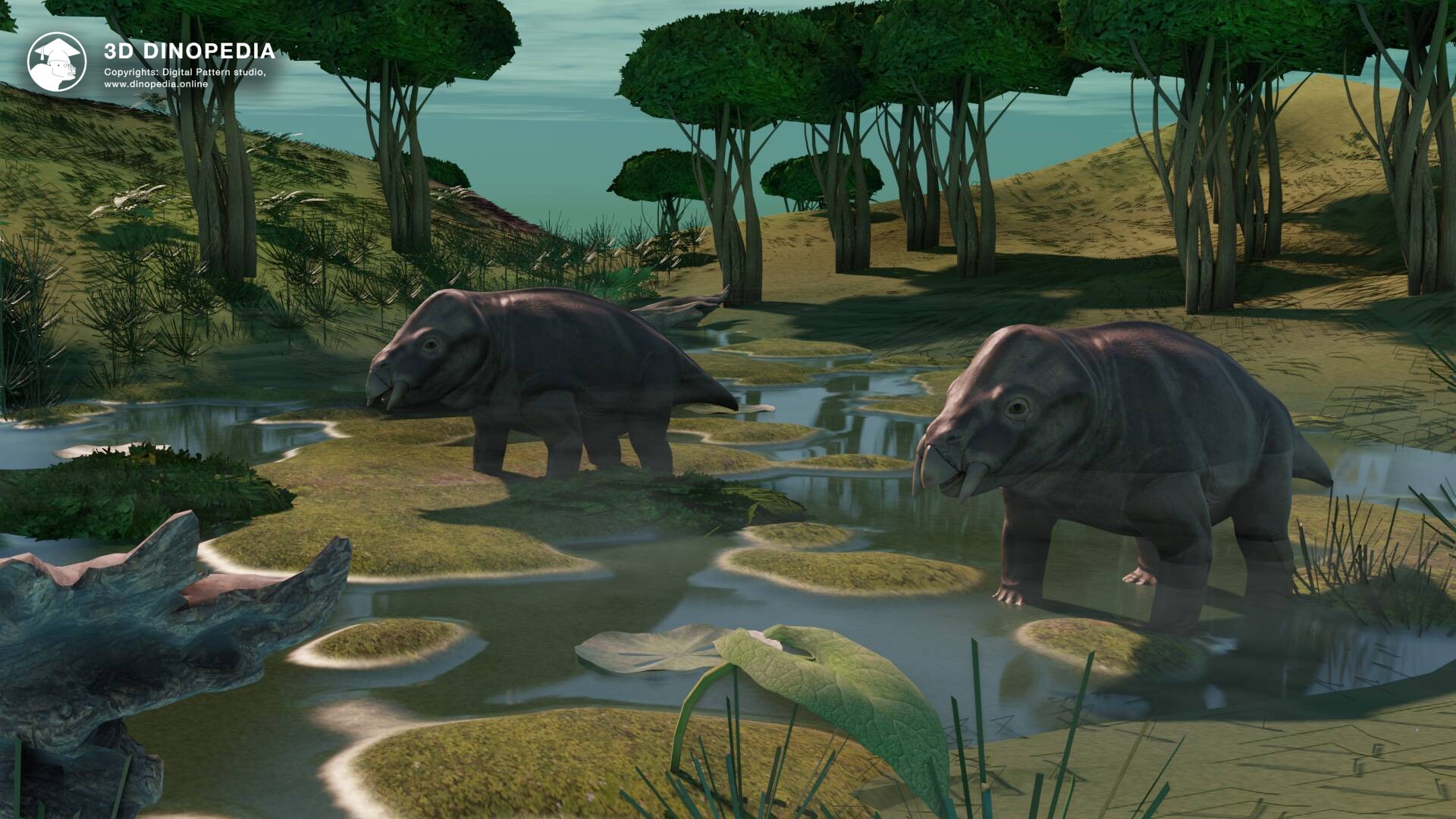
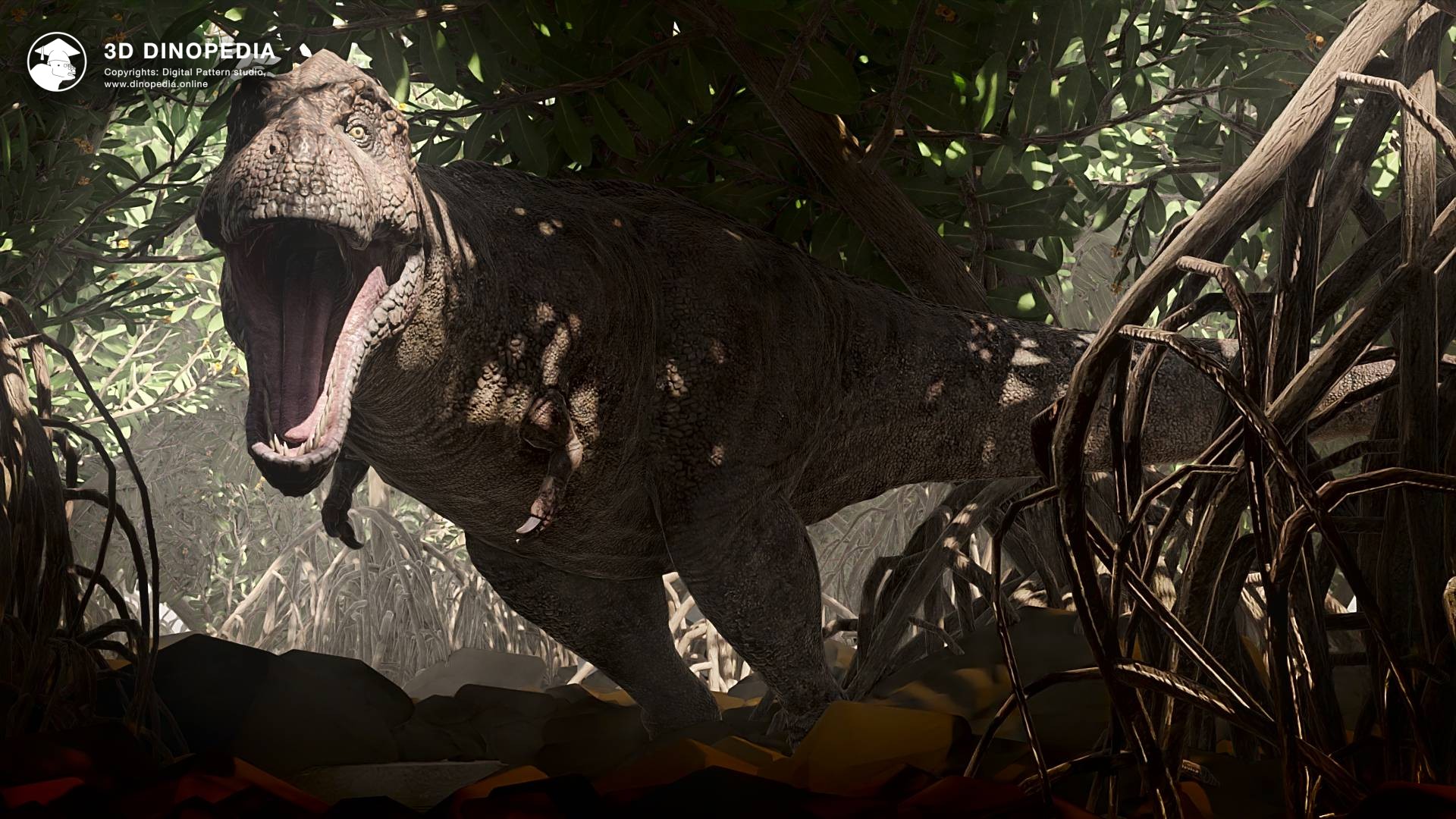

{{ count }} comments
You must login to write a comment